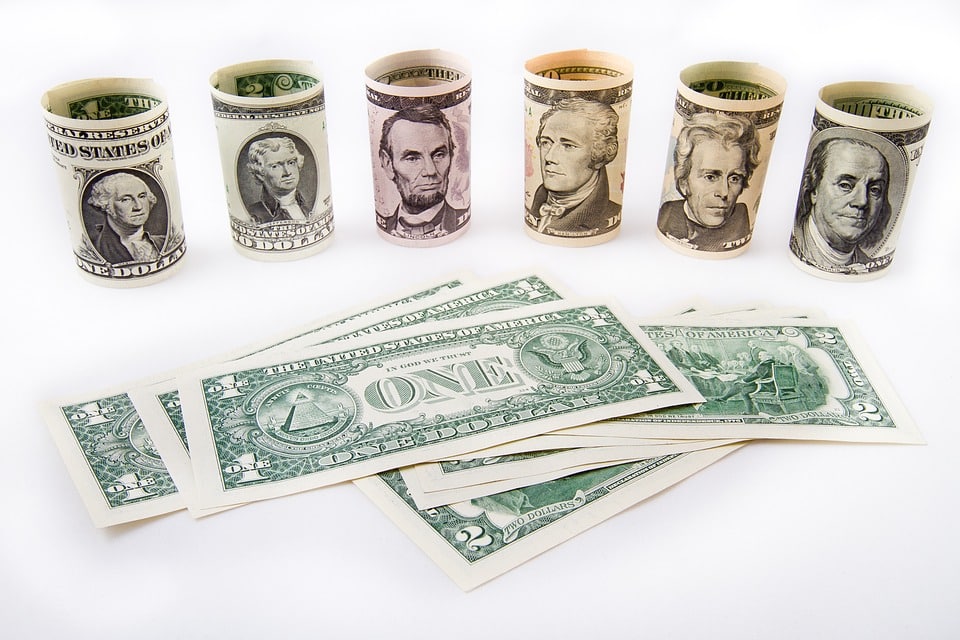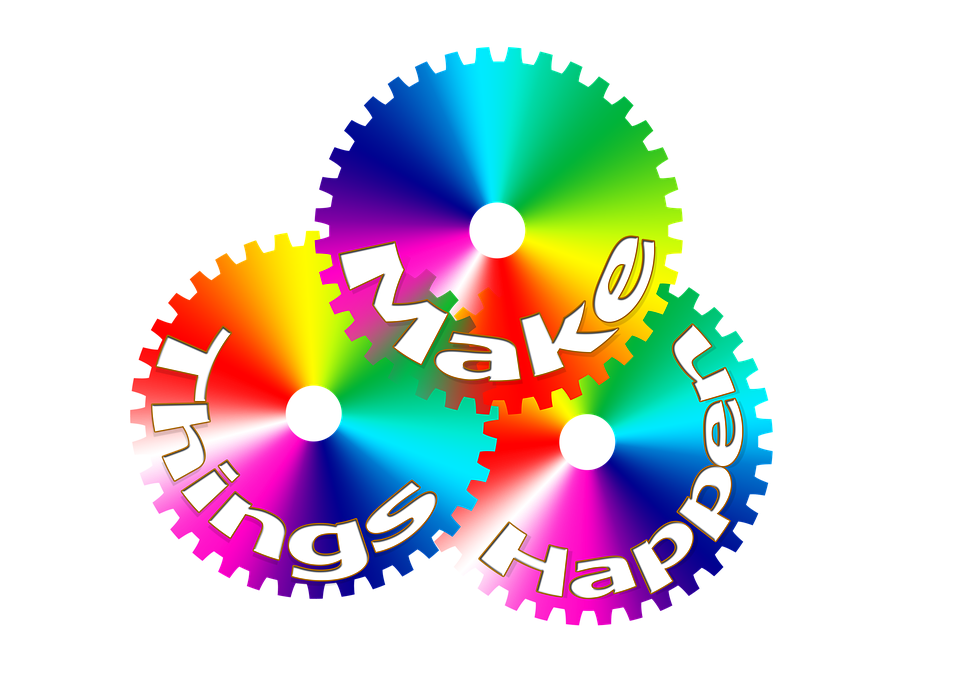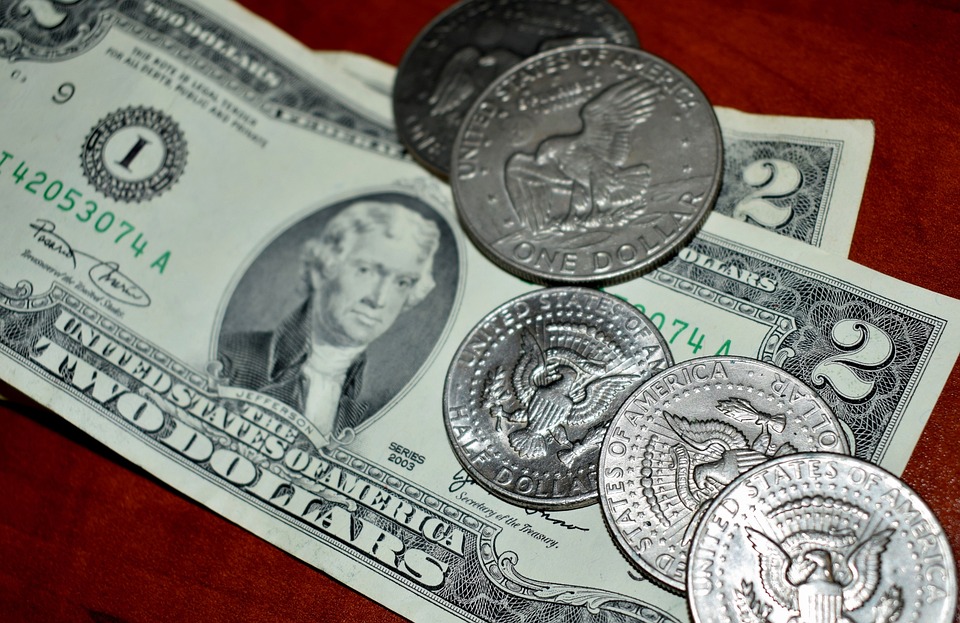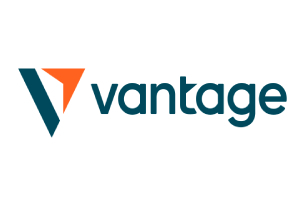סערוויס פֿאַר קאָפּיע טריידינג. אונדזער אַלגאָ אויטאָמאַטיש אָפּענס און קלאָוזיז טריידז.
די L2T Algo גיט העכסט רעוועכדיק סיגנאַלז מיט מינימאַל ריזיקירן.
24/7 קריפּטאָקוררענסי טריידינג. בשעת איר שלאָף, מיר האַנדלען.
10 מינוט סעטאַפּ מיט היפּש אַדוואַנטידזשיז. דער מאַנואַל איז צוגעשטעלט מיט די קויפן.
79% הצלחה קורס. אונדזער רעזולטאַטן וועלן אָנצינדן איר.
אַרויף צו 70 טריידז פּער חודש. עס זענען מער ווי 5 פּערז בנימצא.
כוידעשלעך סאַבסקריפּשאַנז אָנהייבן ביי £ 58.
הקדמה
It’s one of those questions some people wonder… but everyone’s too afraid to ask. (Like your neighbor’s name after saying good morning for the past six months.)
Especially given the Federal Reserve’s seeming omnipresence, importance, and prestige in the American economy.
To call it into question the Fed’s relevancy in the financial media is equivalent to asking for jalapenos (or pineapple!) on pizza…
Blasphemy.
But today, we’ll do exactly that. (The Fed, to be clear. Our pizza remains pure.)
Below, colleague Jim Rickards hacks at the root and asks:
“Does the Federal Reserve System perform a useful function in terms of economic growth, financial stability, or creating jobs?”
His answers might surprise you.
טשעק עס אויס אונטן.
Read on.” – קריס קאַמפּבעלל
Why Do We Even Need the Fed?
With endless commentary on Fed policy providing “stimulus” or “reducing unemployment” or “fighting inflation,” there’s surprisingly little comment on whether the Fed can actually do any of those things.
And, if they can, whether they do a good job of it. Almost no one asks the question as to whether we even need a Federal Reserve System in the first place, and if so, why.
The empirical evidence of the Fed’s efficacy is clear. The Fed cannot stimulate the economy. One need only consider the period from 2009 to 2019. During those ten years, the U.S. economy was recovering from the Great Recession of 2007 – 2009. This included an intense financial panic over the course of 2008 with the sequential failures of Bear Stearns, Fannie Mae, Freddie Mac, Lehman Brothers and AIG.
We also experienced the near-failures of Goldman Sachs and Morgan Stanley, which were the next dominos to fall until the Fed turned them into bank holding companies and rescued them alongside Citi, Wells Fargo, and JP Morgan.
Average annual GDP growth in all recoveries since World War II was slightly over 4.2%. Average annual GDP growth in all recoveries since 1980 was 3.75%. The average annual GDP growth in the 2009 – 2019 recovery was 2.1%.
This was the weakest recovery in U.S. history.
It came at a time when the Fed expanded its balance sheet from $800 billion to $4.5 trillion through the use of quantitative easing (“QE”) in programs known as QE1, QE2, QE3, QE4, and candidly we’ve lost count of the QEs since then.
You rarely hear the term “QE” anymore. That’s because it doesn’t work. Numerous research papers by Fed and non-Fed economists have reached that conclusion. In short, Fed money printing does טאָן contribute to growth and is not stimulative.
The same is true for interest rate cuts. Remember the zero interest rate policy (ZIRP)? The Fed held interest rates at zero from December 2008 to December 2015, and then barely raised them at all until 2017. That period of ZIRP overlaps with the anemic growth in the recovery from 2009 – 2019. Again, this is strong evidence that ZIRP has no stimulative power.
Recessions and expansions happen; they’re part of the business cycle. But, the Fed has little to do with them. Business cycles are driven by macro events such as post-war mobilizations, supply shocks, fiscal policy, pandemics, regulatory blunders, consumer confidence, technology breakthroughs, and demographics.
The Fed Is Good at Damaging the Economy
The Fed has little to do with any of those drivers. In fact, the entire history of the Fed is one policy blunder after another in terms of misreading business cycle indicators.
The Fed clearly caused the Great Depression by tightening monetary policy in 1927 – 1929 prior to the stock market crash of October 1929. The Fed prolonged that recession by keeping policy too tight.
The U.S. emerged from the first recession (1929-1932) of the Great Depression when FDR devalued the dollar against gold in 1933. The stock market rallied strongly from 1933 to 1936, but the Fed blundered again by tightening policy in 1937, which led to a sharp recession in 1937-1938.
It was this sequence of two recessions with the second occurring before we had recovered from the first that turned the entire period into the Great Depression (1929-1940). One conclusion is that the Fed has limited ability to help the economy but is quite good at damaging it.
Interestingly, the U.S. has had three central banks and long periods with no central bank. Beginning with George Washington in 1789, the U.S. had no central bank until 1791. That year, the first U.S. central bank called the Bank of the United States, more commonly known as the First Bank of the United States was chartered by the U.S. Congress. It was chartered for 20 years until 1811.
The First Bank of the United States did not set monetary policy or interest rates, did not regulate other banks, did not hold excess reserves, and did not act as a lender of last resort.
The First Bank charter was not renewed by Congress in 1811. This second period of no central bank in the U.S. did not last long. The War of 1812, which was fought from 1812 to 1815, put a severe strain on U.S. financing. The U.S. national debt rose from $45 million in 1812 to $127 million in 1815.
This stressful financial situation convinced many politicians, including President James Madison, to support the creation of the Second Bank of the United States. It was chartered by an Act of Congress in 1816 for a period of twenty years. The Second Bank began operations in Philadelphia on January 7, 1817. The leading figure in the Second Bank was Nicholas Biddle of Philadelphia, who was president of the bank from 1823 to 1836.
The Second Bank got off to a rough start by running an easy money policy in 1817 and 1818, which led to a land boom and bust ending in the Panic of 1819. The bank then tightened the money supply, which caused an extended recession, unemployment, and crashing property prices.
It was not until Nicholas Biddle became bank President in 1823 that the Second Bank got policy on an even keel. Biddle is credited with creating a sound currency and a moderate monetary policy from 1823 to 1833, which helped the U.S. support an expanding economy over that period.
Andrew Jackson became U.S. President in 1829 and immediately set out to destroy the Second Bank. Its charter was scheduled to expire in 1836. The recharter of the bank became a central issue in the election of 1832 in a struggle called the Bank War.
Jackson won reelection. He attacked the bank by withdrawing federal deposits and diverting new federal revenue to selected private banks. Jackson vetoed the recharter bill and the veto was upheld. The Second Bank ceased to exist with a federal charter in February 1836.
For 77 years from 1836 to 1913, the U.S. did not have a central bank. There is no doubt that this was one of the greatest and longest periods of economic prosperity in the history of the world.
There were sixteen recessions over this period, and six outright financial panics (1857, 1873, 1893, 1896, 1907, and 1910). Still, the overall trend in growth was positive and this growth was generally non-inflationary and fueled by technological innovation. These included railroads, the telegraph, the telephone, farm equipment, the automobile, skyscrapers, electricity, and transoceanic cables.
Recessions have been just as frequent with central banks as without. In the 110 years since the creation of the Federal Reserve in 1913, the U.S. suffered 20 recessions or depressions and five outright financial panics, (1929, 1987, 1994, 1998, and 2008).
During the 77 years without a central bank (1836-1913), there was one recession every 4.8 years on average. During the 110 years since the creation of the Federal Reserve (1913-2023), there has been one recession every 5.5 years. (A decision that the first half of 2022 was a recession based on two consecutive quarters of declining growth, and the emergence of a new recession this year would lower that frequency to one recession every 5.0 years).
That’s not a statistically significant difference in a 187-year time series, especially given the severity of the Great Depression (1929-1940), which happened on the Fed’s watch. The result is a high correlation between the frequency of recessions with and without a central bank.
The Real Secret Behind the Federal Reserve
This suggests that the Fed and its interest rate policies have very little to do with recessions. Recessions are driven by the business cycle and fiscal policy. The Fed can make recessions worse, but it cannot cure them. The economy does that on its own.
On the face of it, we do not need a Federal Reserve to set interest rates. The market seems to do a good job of setting rates on its own. We do not need a Federal Reserve to prevent recessions since they happen frequently for reasons that have nothing to do with the Fed. We do not need a Federal Reserve to insure growth since the U.S. had spectacular growth from 1836 to 1913 without a central bank.
If the Federal Reserve has no important purpose in setting interest rates, preventing recessions, or insuring growth, why do we have a Federal Reserve at all?
The answer goes back to a strange sequence of events from 1906 to 1913. These events reveal the real purpose and the real secret of the Federal Reserve.
On April 18, 1906, there was a massive earthquake and fire that devastated the City of San Francisco. Over 3,000 people died and over 80% of the city was destroyed. Insurance companies immediately began to liquidate assets to raise cash to cover the expected claims.
This selling put stress on New York banks and the New York Stock Exchange and other financial markets in the east. The combination of liquidity stress from the San Francisco earthquake and loss of confidence from the collapse of the Knickerbocker Trust Company in New York led to bank runs.
At the height of the panic on October 19, 1907, Pierpont Morgan, the most famous banker in America and head of J. P. Morgan & Co., commenced a series of meetings at his New York City brownstone at the corner of 36th Street and Madison with top bankers and government officials. Through his leadership, Pierpont Morgan almost single-handedly saved the U.S. banking system.
Immediately after the Panic of 1907, bankers and politicians began asking the obvious questions. What would happen in the next panic? Pierpont Morgan wouldn’t live forever. (In fact, Morgan died in Rome in 1913). Who would save the system the next time the banks were on the edge of collapse?
The top bankers decided that a new central bank was needed. Ideally, this bank would be owned by themselves but would have the backing of the U.S. government in the form of being able to issue currency. Most importantly, this central bank would be able to act as a lender of last resort to private U.S. banks.
U.S. Senator Nelson Aldrich (R-RI) became the political champion of a new central bank. In 1910, Aldrich organized a secret trip to an exclusive private club on Jekyll Island, Georgia.
Included on the trip were Frank A. Vanderlip (President of the National City Bank representing the Rockefeller interests), Paul Warburg (a partner in Kuhn, Loeb representing the Jacob Schiff interests and European finance), Henry Davison (a partner in J. P. Morgan & Co. representing the Morgan interests), Abram Andrew (an economist and Assistant Secretary of the Treasury representing the U.S. Government), and Benjamin Strong (Vice President of Bankers Trust and future head of the Federal Reserve Bank of New York).
Over the course of a week, this group wrote what later became the Federal Reserve Act. It was known at the time as the Aldrich Plan.
The group knew that Americans had hated central banks since the demise of the Second Bank of the United States in 1836. That’s why they did not call their creation a central bank or The Bank of the United States.
Calling it the Federal Reserve was both deceptive and anodyne. It took several years to enact this into law, but the Act was finally signed by President Woodrow Wilson in the closing days of 1913. The Fed has been with us ever since.
To this day the twelve regional Federal Reserve Banks are owned ביכידעס by the banks in each region. Direction is provided by the Board of Governors of the Federal Reserve System appointed by the U.S. President and based in Washington DC. The overall system is a perfect hybrid of public and private interests.
The real purpose of the Federal Reserve has nothing to do with helping the economy, setting interest rates, lowering unemployment, or any of the other policy purposes you hear and read about. The real purpose and the secret of the Fed is to bail out banks using government money. The bankers have their hands on the printing press.
So, the short answer is that the U.S. does not need a central bank. The U.S. did just fine without one for 77 years from 1836 to 1913. The Fed cannot stimulate the economy. The Fed does not cause the business cycle (but it can make things worse and often does). The Fed cannot create jobs.
The Fed only exists to give bankers control of money and to bail themselves out about once every ten years. Everything else you hear about stimulus, job creation, interest rates, financial stability, and more is just noise. The coming severe recession may finally force some to ask hard questions and to clip the Fed’s wings. Just don’t count on it.
וועגן דעם מחבר דזשים ריקאַרדס
מקור: AltucherConfidential.com
- מעקלער
- מין אַוועקלייגן
- כעזשבן
- באַזוכן מעקלער
- אַוואָרד ווינינג קריפּטאָקוררענסי טריידינג פּלאַטפאָרמע
- מינימום $ 100 אַוועקלייגן,
- FCA & Cysec רעגיאַלייטאַד
- 20% באַגריסונג באָנוס אַרויף צו 10,000 $
- מינימום אַוועקלייגן $ 100
- באַשטעטיקן דיין חשבון איידער די באָנוס איז קרעדאַטאַד
- איבער 100 פאַרשידענע פינאַנציעל פּראָדוקטן
- ינוועסטירן פֿון בלויז $ 10
- די זעלבע טאָג ווידדראָאַל איז מעגלעך
- די לאָואַסט טריידינג קאָס
- קסנומקס% באַגריסונג באָנוס
- אַוואָרד ווינינג 24 שעה סופּפּאָרט
- פאָנד מאָנעטאַ מאַרקעץ מיט אַ מינימום פון $ 250
- אָפּטיילן מיט די פאָרעם צו פאָדערן דיין באָנוס פון 50% אַוועקלייגן






